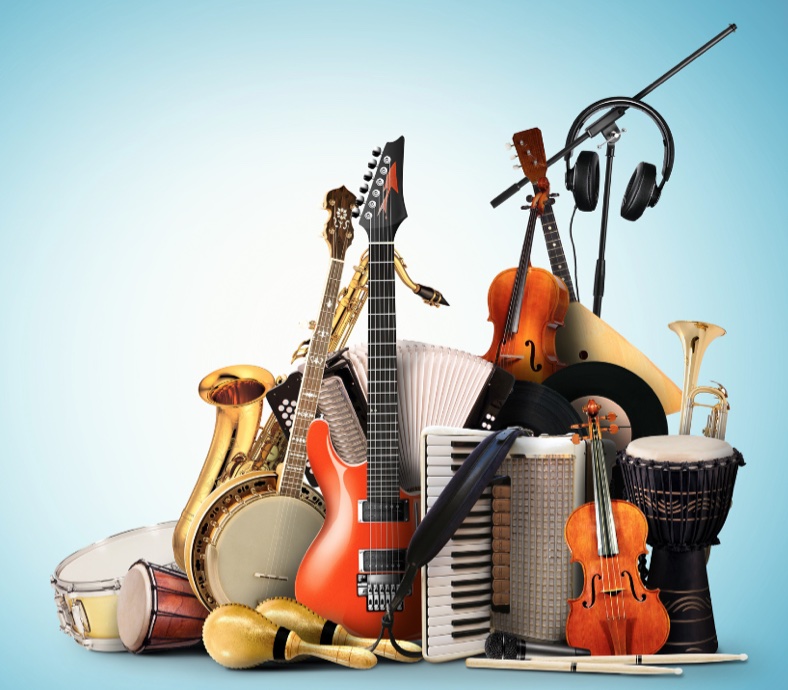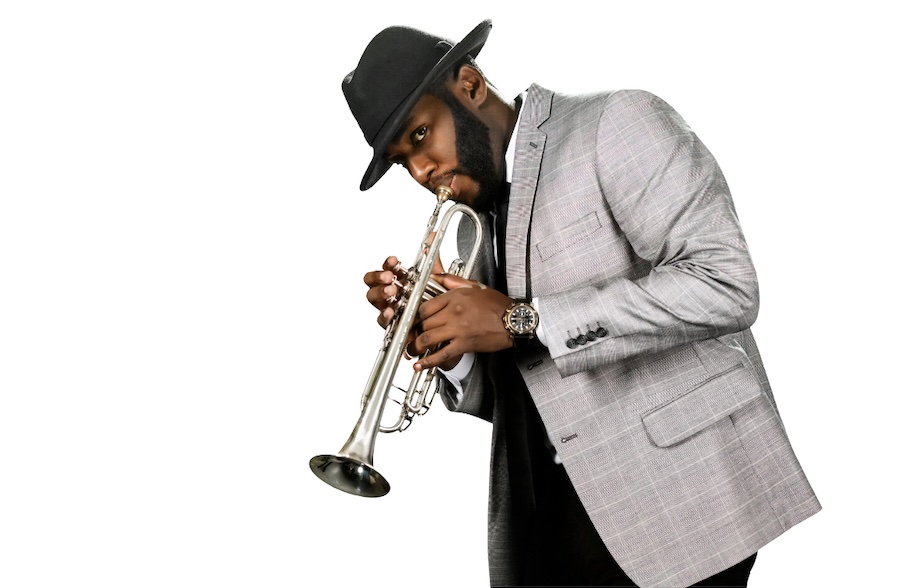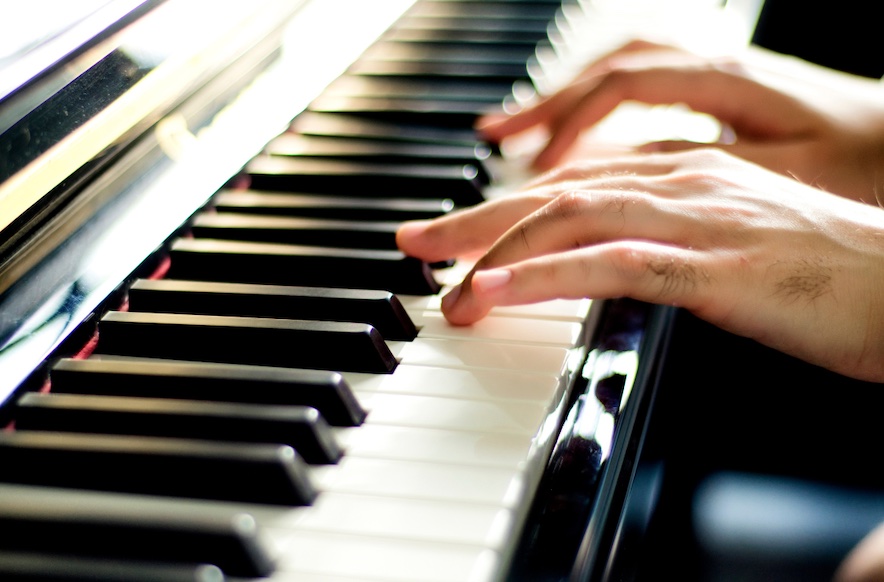Transform Your Playing By Transcribing Music From Other Instruments Onto Your Acoustic Guitar
by Simon Candy
 A fantastic way to totally transform your guitar playing is to simply transcribe, or arrange a song that another instrument plays, onto your acoustic guitar. By transcribe, I mean to copy or arrange the musical lines and phrases of another instrument and play these on your acoustic guitar.
A fantastic way to totally transform your guitar playing is to simply transcribe, or arrange a song that another instrument plays, onto your acoustic guitar. By transcribe, I mean to copy or arrange the musical lines and phrases of another instrument and play these on your acoustic guitar.
Arranging lines and phrases from other instruments is a great way to become more creative and inventive with your own guitar playing. Fact is, no two instruments are the same when it comes to creating music. They not only sound different, but they also execute and arrange the sound of their notes in unique ways.
Through the act of arranging and transcribing from an instrument other than a guitar, you will tap into the unique qualities of that instrument and play your own guitar in ways you never would have otherwise.
Arranging songs from other instruments is also fantastic training for your ear as it can be more challenging to work out the notes of another instrument, simply because they sound different than those of a guitar that your ear is more use to hearing.
Keep reading to discover how to work songs out by ear.
No magic is involved. It is simply practice coupled with strategic methods that work.
But What If I Don't Know How To Transcribe Songs?
 Hands down, without question, the best thing I ever did regarding my guitar playing was to start trying to work out songs using my ear. I did this very early on, within the first year of playing, and was so glad I did!
Hands down, without question, the best thing I ever did regarding my guitar playing was to start trying to work out songs using my ear. I did this very early on, within the first year of playing, and was so glad I did!
Sure it can be challenging, I certainly discovered this, but it is also extremely rewarding both in the achievement you feel in having worked something out totally by ear, and in the massive improvements you will see in your guitar playing as a result.
It is for sure one of the best ways to fast track your progress on the guitar.
When working out and arranging songs using your ear be sure to:
- Listen very carefully and stop the recording immediately after the part you are working out. What your your ear last heard sticks, therefore you will have more chance of getting it down this way.
- Just work out a little piece at a time. This will likely be a single note or chord if you are just starting out. Trying to do too much at once won't work. As you get better you will be able to work out larger chunks, but for now, start with little bite size pieces.
- Sing/pitch the note you are trying to work out with your voice. If you can't sing it, you won't have much chance finding it on your guitar.
- Listen to and work out the notes the bass guitar is playing, as it will often be targeting the root notes of the chords, and will help greatly in working these out.
- Take advantage of technology. There are many great programs and apps out there that will allow you to manipulate a song in various ways that will make it much easier to work it out using your ear. You can slow music down without effecting the pitch as well as loop sections of a song etc.
Check the video out below for detailed demonstrations of strategies for working songs out by ear:
In this video, I’ll take you by the hand and run you through the process of working out both chord progressions and single note riffs and melodies using your ear.
You also learn the importance of theory and fretboard knowledge, as well as “active listening” in being able to work songs out by ear:
On a side note, it is not necessary to be able to work out songs by ear to reap the benefits of this article. You could simply get a copy of the music the other instrument is playing and go from there.
About Phrasing . . .
As mentioned earlier, listening carefully to how different instruments are played, tapping into their nuances, and in turn arranging versions of these onto your guitar, will open you up to new, unique, and innovative ways of playing and phrasing your notes.
By phrasing, I am referring to HOW the notes are played and organised on a particular instrument. Different instruments will have unique phrasing, and as guitarists we want to tap into this and make it a part of our own playing.
We can relate the phrasing of musical notes to the way we speak. We all phrase our words and sentences differently as we are unique human beings. We put different emphasis on certain words depending on what we are wanting to say and how we are feeling. This is phrasing and is no different when playing music.
In this article I am referring to the general phrasing of an instrument. Each musician will have their own unique phrasing regardless of the instrument they are playing, and of course it's great to learn from those that really appeal to you.
Why Arrange Music From Other Instruments?
To work out a song, or part thereof, that another instrument is playing, onto your acoustic guitar is in principle no different to working out a song that a guitar is playing. It's the benefits that your playing will receive through doing so that is the point and why you want to be doing this.
• Horn Players
 Think of a horn player like a saxophonist or trumpeter. What is the one big difference when it comes to the phrasing of notes on these instruments compared to a guitar?
Think of a horn player like a saxophonist or trumpeter. What is the one big difference when it comes to the phrasing of notes on these instruments compared to a guitar?
Answer: They need to stop to breathe regularly between the notes they play.
As guitarists we don't need to do this and is one reason why it's easy to get trapped into playing endless runs of notes with little to no phrasing. Transcribing and arranging music from horn players onto your acoustic guitar will certainly introduce the concept of space into your phrasing. What you don't play is just as important as what you do.
• Vocalist's
 How about a vocalist? (yes, your voice is an instrument)
How about a vocalist? (yes, your voice is an instrument)
Transcribing and arranging the lines that a vocalist sings onto your guitar will have you playing much more melodically as oppose to playing endless riffs. There is nothing wrong with riffs, but you will learn the finesse, subtleties and nuances that you can bring to a line of music, by arranging the melodies vocalists sing onto your guitar.
• Pianist's
 How about a pianist?
How about a pianist?
The mechanics of how they express music is different to guitar, simply because a keyboard is very different to a fretboard.
• A pianist has the use of all fingers to play notes, a guitarist does not
• The piano is very linear in its layout, the guitar is not (each string is effectively a separate keyboard)
• There is only one place to play any single note on a piano. On guitar there are several options for any given note
It's because of these differences that you will be forced into having to come up with unique ways to arrange what the piano is playing onto your guitar.
Watch the video below to learn how to take an excerpt of music played on a piano and arrange it for guitar.
In it, you will hear an excerpt of a piece of music played on a piano immediately followed by a demonstration of one way you could arrange this on your guitar.
We then break down the guitar arrangement so you can see exactly what I have done including my thought process on how to arrange the music from the piano to the guitar:
In summary, to fully develop your musical skills on the guitar, you need to also be looking outside of it. Broadening your horizons and studying the phrasings and nuances of other instruments, by creating arrangements from them, will go a long way to improving your own acoustic guitar playing.
Are you ready to take your fingerpicking skills from average to great so that your acoustic arrangements totally blow away those who hear them? Then check out these awesome advanced sounding fingerpicking patterns for your acoustic guitar!